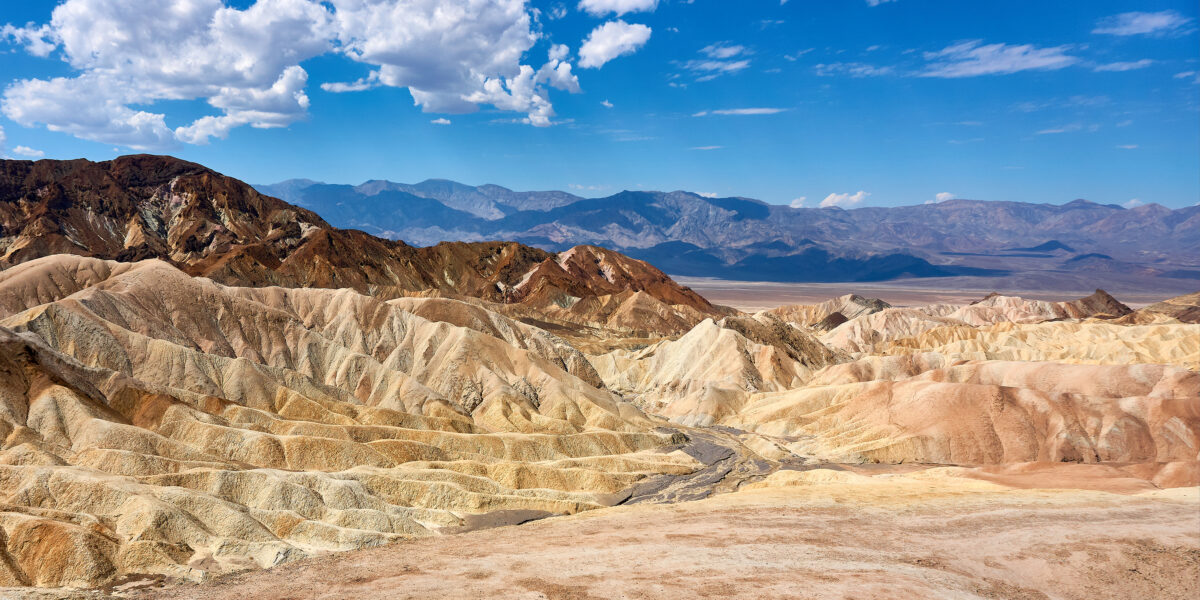
A Record-Breaking Heat Dome Is Intensifying in the West. Here’s How to Stay Safe While Traveling.
Extreme weather events across the country are underscored by a punishing heatwave in the Southwest.

Getty Images/Kay Fleischmann/EyeEm
A punishing heat dome is ballooning throughout the country, specifically in the West, where on Sunday, the temperature in Furnace Creek in Death Valley near the border of Nevada and California reached 126 degrees. Phoenix hit a record high of 118 degrees, Las Vegas could hit 117, and according to experts’ predictions, Death Valley is on track to hit 130 degrees later this week. NOAA estimates that the heat waves will last at least through mid-week, so it’s important to take precautions, especially if you’re planning being outside during the next few days.
Death Valley National Park has issued an extreme heat warning to deter tourists from visiting, but that’s not stopping some tourists who want to brave the elements in one of the lowest, hottest, and driest place on Earth. Some daredevil travelers have taken it as a challenge to experience these skyrocketing temperatures firsthand, despite how dangerous and ill-advised that may be. The hottest day in human history was recorded there in 1913, where it reached a whopping 134 degrees according to the World Meteorological Organization’s World Weather and Climate Extremes Archive. Most visitors at this time of year make it only a short distance to any site in the park during this time of year before returning to the AC, of course, but even just a few moments in such extreme conditions can be catastrophic. Signs at hiking trails advise against venturing out after 10 a.m., when the mercury really starts to rise.
If you must be outside, the National Weather Service advises that people drink plenty of fluids, stay in cooler rooms, wear loose fitting, light-colored clothing, stay out of the sun, and check on relatives and neighbors, especially older people who live alone. It’s also important to check the air quality index (AQI) before doing any physical activity, especially for those residing in Canada and Southern California, where forest fires are currently a threat. (We use the AQI indicator on Weather Underground to keep tabs on when it’s safe to exert ourselves outside.) This is especially important for those with respiratory issues and the elderly. Whatever you do, be sure to hydrate and stay safe.
